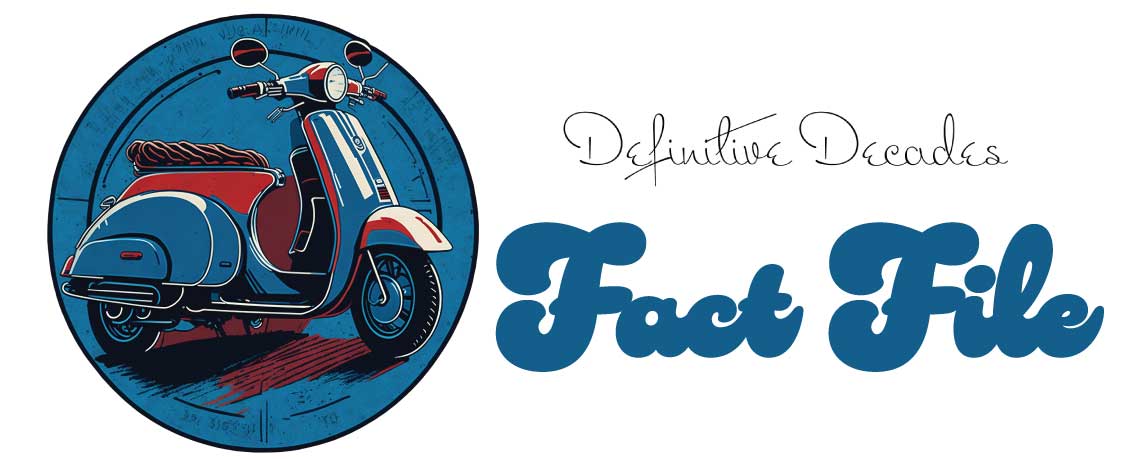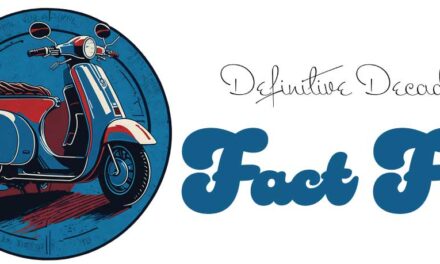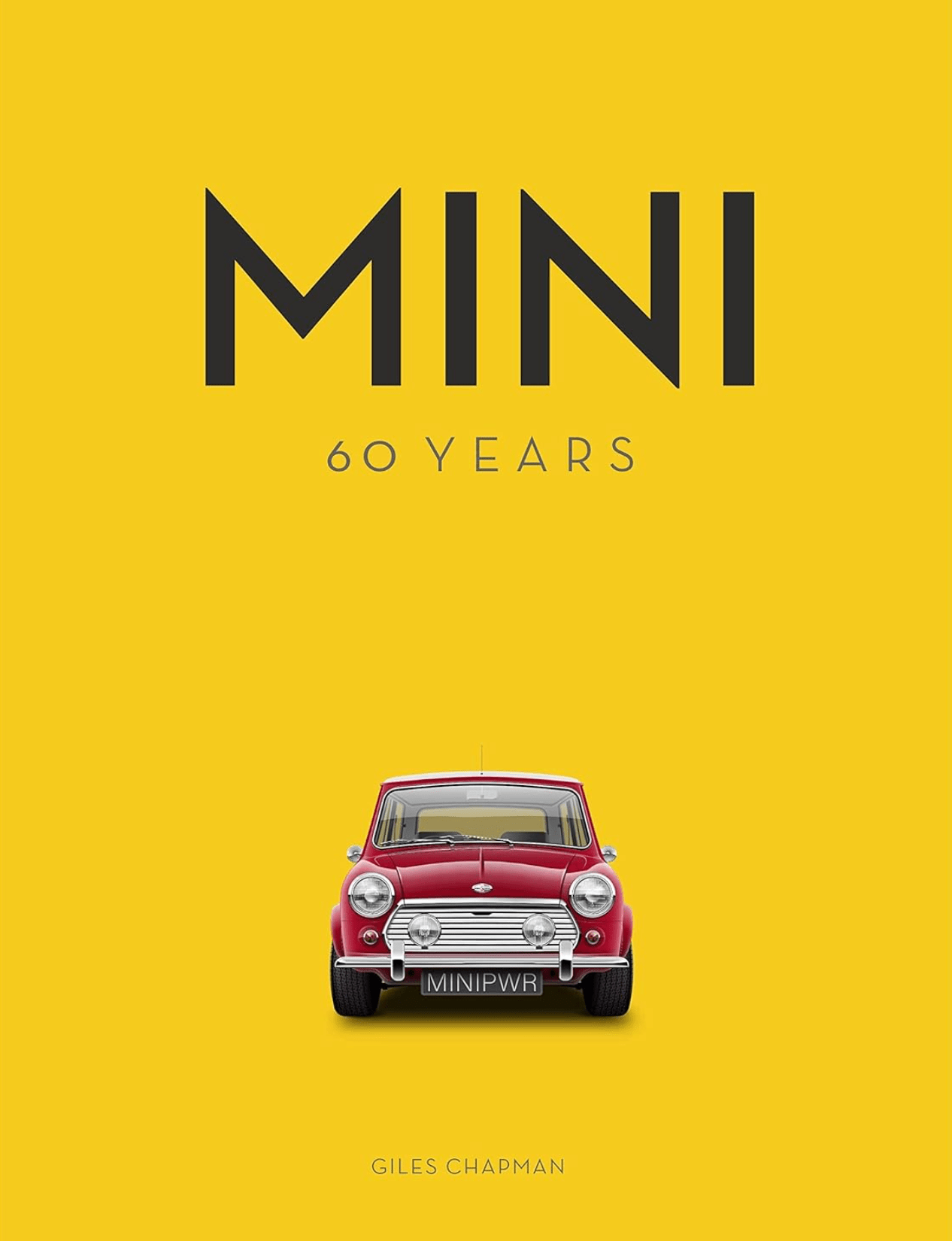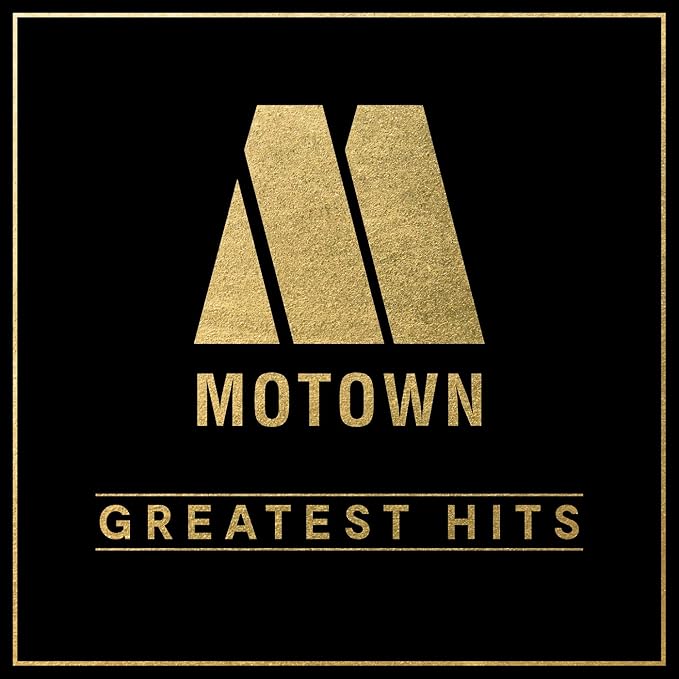American Graffiti: A Timeless Tale of Youth, Set in the ’60s
Released in 1973, “American Graffiti” is a coming-of-age film directed by George Lucas. It falls into the genre of comedy-drama and is set in the early 1960s. The movie provides a nostalgic glimpse into the lives of teenagers in small-town America as they navigate the complexities of adolescence, love, and the impending loss of innocence.
George Lucas, who later gained fame as the creator of the “Star Wars” franchise, directed the film. The script was co-written by George Lucas and Gloria Katz. “American Graffiti” was produced by Lucas’s production company, Lucasfilm, in association with Universal Pictures. Lucas had a personal connection to the story, drawing from his own experiences growing up in Central Valley, California.
The film’s plot follows a group of high school friends on the night before they scatter to different paths in life. They cruise the streets of Modesto, California, in their cars, seeking late-night adventures and grappling with the uncertainty of adulthood. The central conflict revolves around the impending departure of the film’s main characters, as they try to make the most of their last night together.
The cast of “American Graffiti” includes several young talents who would go on to become major stars. Ron Howard plays Steve Bolander, a responsible and thoughtful teenager preparing to leave for college. Richard Dreyfuss portrays Curt Henderson, a reflective and intellectual character who questions his future. Charles Martin Smith portrays Terry Fields, a socially awkward but endearing classmate. Moreover, Cindy Williams and Mackenzie Phillips appear as Laurie and Carol, love interests of the main characters.
Upon its release, “American Graffiti” was met with critical acclaim. Critics praised the film for its authentic portrayal of American youth and its ability to evoke a sense of time and place. The movie’s soundtrack, filled with iconic songs from the 1950s and ’60s, resonated with audiences and added to the film’s nostalgic ambiance. “American Graffiti” struck a chord with viewers, awakening nostalgia for a simpler era and capturing the turbulent transition from adolescence to adulthood.
The film gained commercial success, grossing over $115 million at the box office against its $777,000 budget, making it a significant financial success. “American Graffiti” was also a winner at the 1974 Golden Globe Awards, where it took home the award for Best Motion Picture – Musical or Comedy. In recognition of the film’s impact on popular culture, the Library of Congress selected “American Graffiti” for preservation in the National Film Registry in 1995.
The success of “American Graffiti” led to a small-screen spinoff called “Happy Days,” in which Ron Howard reprised his role as Richie Cunningham. The television show became a major hit, further cementing the film’s legacy. Additionally, the film marked the beginning of George Lucas’s illustrious career, leading him to create the “Star Wars” saga, which would become a cultural phenomenon.
“American Graffiti” remains a beloved classic, preserving the nostalgia of 1960s America and serving as an ode to the universal experience of youth. Its timeless themes, engaging storytelling, and memorable soundtrack continue to resonate with audiences of all ages. Through its lens, the film captures a fleeting moment in American history and stands as a testament to the unique power of cinema.












